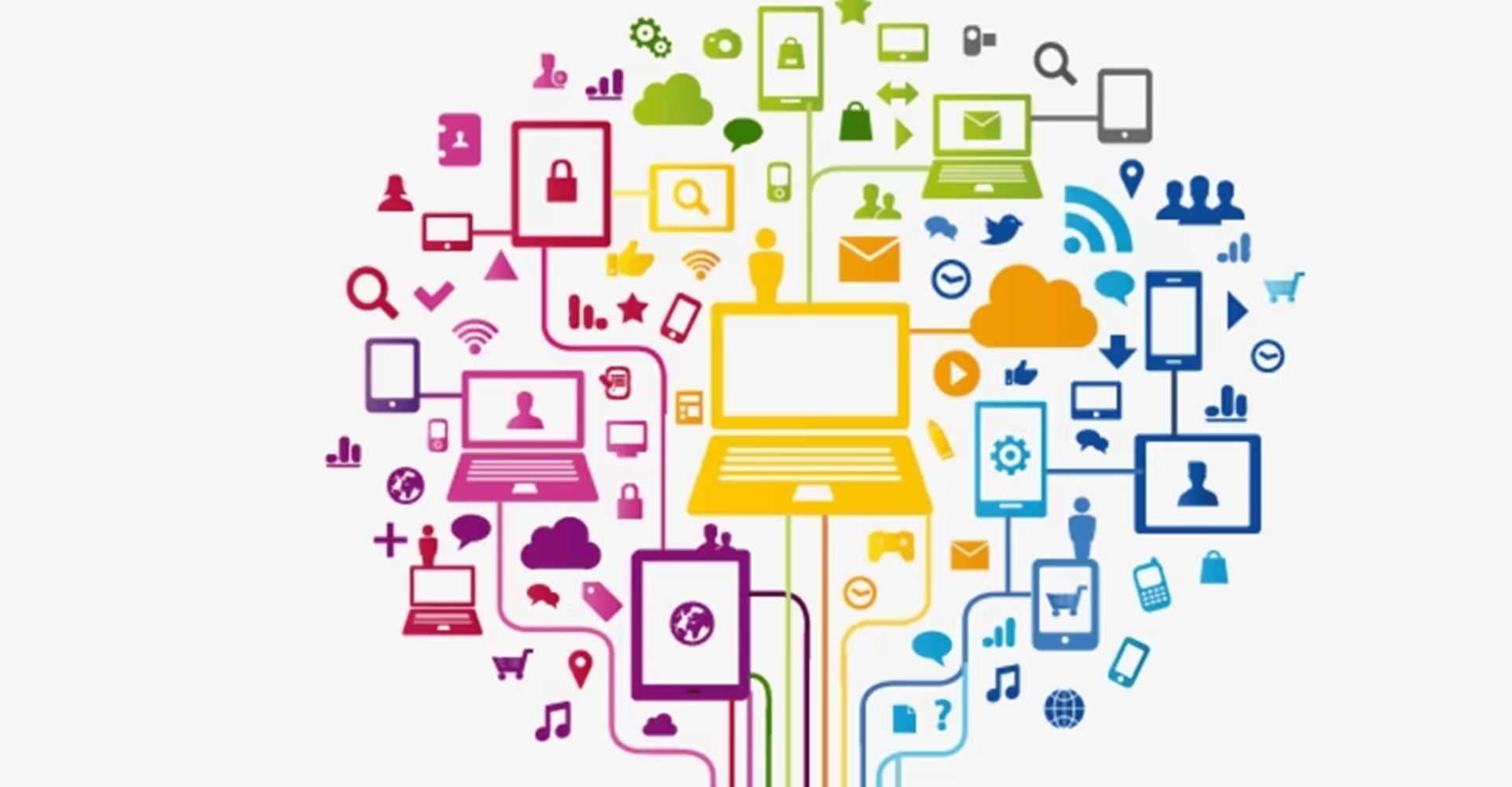With continual advances in AI and 5G connectivity, cybersecurity has never been so critical. A study from the University of Maryland states that hacking attempts occur every 39 seconds.
While cybercriminals are using new technology to facilitate cyberattacks, their motivations and targets remain unchanged. They still target small businesses to access their larger, more lucrative business partners. And they still use social engineering to trick people into revealing sensitive information they can use to commit fraud or pursue further data breaches. To check out how VPN can help you against these attacks, click here.
Whether yours is a small business or an enterprise-level operation, accidental data leaks and malicious data breaches are a daily risk. In 2022, data exposure was a reality for more than 422 million people in the US alone.
Here is how to tighten up cybersecurity in the workplace to provide internet safety for staff, customers, and business partners.
Cybersecurity Training
Recent studies say human error is involved in 88% to 95% of data breaches. Sometimes that means that an employee sent personal data to the wrong person. Or staff members may click on links in phishing emails, unwittingly downloading malware.
There are many ways that people facilitate major security breaches at work and most of them could be mitigated by providing cybersecurity training for everyone in the workplace. Many data breaches occur without people knowing there is even an issue. By using resources like the CISSP ebook, employees can learn about topics such as access control, cryptography, and security architecture and engineering in a comprehensive and accessible manner.
Cybersecurity training doesn’t need to be very technical or lengthy. It needs to:
- Raise awareness of data protection laws and how they protect people.
- Teach staff how to spot social engineering, including phishing attempts, which can lead to data breaches and ransomware attacks.
- Ensure that people know how to report suspicious activity and to whom.
- Promote best practices for workplace security, including password management and physical security, such as making sure portable hard drives containing sensitive information are locked away when not in use.
Focus on Phishing
Ensure that any cybersecurity training emphasizes phishing, which is at the root of most successful cyberattacks, hence the dramatic human element in cyberattack statistics. Staff training regarding phishing tends to be lacking despite the prevalence of these attacks.
Staff can immediately reduce the risk from phishing by learning how to spot phishing attempts, which tend to:
- Include poor spelling and grammar;
- Claim that the recipient has been individually selected;
- Make offers that are too good to be true, such as winning a contest the recipient hasn’t entered or receiving a gift voucher from a store they don’t use;
- Demand urgent action;
- Include misspelled, fake business names that aim to look authentic;
- Use free email address services, such as Hotmail and Yahoo, despite claiming to be multinational companies, like Microsoft and Facebook;
- Demand that the recipient clicks on a link;
- Ask for personal details — full names, addresses, phone numbers, bank details, or access credentials.
Since spam and phishing attempts also occur by phone, workers must be on their guard here, too. They can protect themselves and their organizations by using PhoneHistory to ascertain the full name and address, carrier, phone use, and more information about callers from unknown numbers.
Have Someone Responsible for IT
Many small businesses don’t have anyone responsible for IT, let alone an IT department. A point of contact for IT and cybersecurity can help provide internet safety because information-sharing is crucial when the organization is dealing with a data breach or a cyberattack. If people can report suspicious activity, organizations can identify, contain, and mitigate threats.
Multi-Factor Authentication
Multi-Factor Authentication (MFA) requires two or more proofs that users are who they say they are. This might mean entering a combination of a password and a unique, one-time PIN when they log in. It could also mean performing a biometric scan, such as a fingerprint or retina scan, alongside answering a security question. In addition, implementing a Passwordless MFA solution eliminates the need for traditional passwords within the multi-factor authentication process. By utilizing biometrics, hardware tokens, or device recognition, this innovative approach enhances security, streamlines user authentication, and significantly reduces the risk associated with password-based vulnerabilities.
Microsoft says MFA can prevent virtually all (99.9%) account compromise attacks. Neither opportunists nor dedicated hackers can access MFA-protected accounts with a password alone.
Strong Passwords
Whether or not organizations are using MFA, it is good practice to use strong passwords. Some of the world’s most popular passwords — 123456 and password — would be hacked instantly by a computer. Let’s face it; hackers wouldn’t need a computer to do this.
A strong password tends to be eight or more characters in length and should include a combination of the following:
- Alphanumeric characters
- Capitalization and lower-case text
- Special characters
Longer, more complex passwords that do not use dictionary words or proper nouns are more difficult to crack. Workers can test their password strength using Security.org’s password strength verification tool.
Install and Maintain Antimalware Software
Businesses should only go online with antimalware software to protect themselves and their staff from cyberthreats. In many cases, a robust antimalware solution, which typically includes firewall functionality, is a company’s first defense against cybercriminals and malicious code.
It is essential that businesses not only install and run antimalware software but that they also keep it up-to-date. Cybercriminals are constantly varying their attacks and techniques. An up-to-date database is required to counter the latest threats.
Update Hardware and Software
Businesses must maintain hardware and software to provide internet safety. Most software updates involve security fixes.
Software updates are frequently patches that repair a vulnerability that a cyberattacker (or, sometimes, the average user stumbling across it by accident) could exploit, leading to system compromise or data exposure.
When a business uses legacy software or machines, it increases the risk of confidential data being compromised. This is often the case with small businesses that have limited resources to upgrade hardware and software, but it is worth prioritizing this issue to provide adequate internet safety and ensure the longevity of the company.
Conclusion
There have been around seven hacking attempts since you started reading this post. Fortunately, you now know some solid strategies to thwart workplace cyberattacks.
For everyone, from individuals to enterprise-level organizations, these essential, effective, and actionable tips can help keep users, networks, and businesses safe, protecting critical data and providing internet safety.



